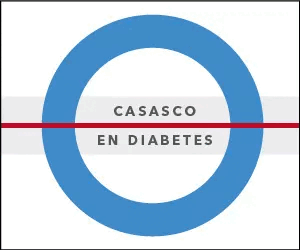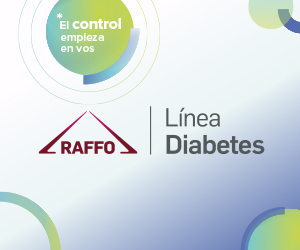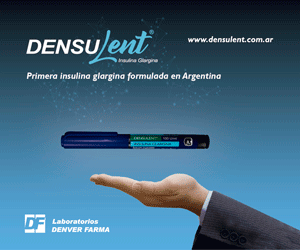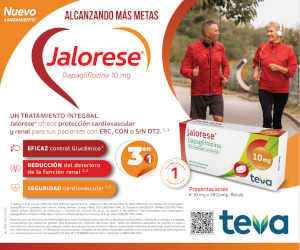P20 Achievement of objectives in Adult patients with type 1 Diabetes: Estimated Glucose Disposition Rate as a Clinical Marker
DOI:
https://doi.org/10.47196/diab.v54i3Sup.401Keywords:
type 1 diabetes, glucosedisposition, clinicalmarkerAbstract
Introduction and Objective: The Clinical Practice Guidelines in diabetes establish precise clinical objectives on the good management of the disease, but little is known about adequate compliance in our environment. Being overweight and sedentary have generated stigmas of metabolic syndrome in the population with DM1. We evaluated compliance with 5 of these criteria: HbA1c <7%, LDL≤100mg / dl, Physical Activity ≥3 times/week, systolic BP <140mmHg and no smoking and its association with insulin resistance determined by the estimated Glucose Disposition Rate (eGDR).
Material and methods: In 415 DM1 ≥18 years, 52% women, age 34.8 ± 13.9 years, HbA1c, LDLC, weekly frequency of structured physical activity, systolic BP and current smoking were evaluated. The degree of association with gender, age, age of diabetes, level of education, medical coverage, BMI, and insulin sensitivity measured through eGDR was determined. Qualitative variables were analyzed by chi square test and quantitative variables by ANOVA I test corrected by Tukey's test for multiple comparisons. A value of p <0.05 was considered statistically significant. A 95% confidence interval was used in all cases.
Results: systolic BP <140 mmHg presented 94.8%, current non-smoking 82.2%, LDLC ≤ 100 mg/dL 56.5%, physical activity ≥3 times a week 39% and HbA1c <7% 20.3%. Only 26 patients (6.2%) achieved the 5 objectives analyzed in combination. The fulfillment of the 5 objectives was associated at the level of ≥secondary education (P = 0.002) and health coverage with social welfare or prepaid (p = 0.002). There was a significant association between TeDG in those who fulfilled the 5 objectives (p = 0.02) and individually in 4 of them (TAS, LDL-C, HbA1c and AF).
Conclusions: 415 DM1 middle-aged adults complied with SBP <140 mmHg in 94.8%, non-smoking in 82.5%, LDL-C <100 mg/dL in 56.5%, PA ≥3 /week in 39% and HbA1c <7% in 20.3% and only 6.2% complied with all of them at the same time. The eGDR behaved as a strong positive predictor of potential benefit, as a tool in clinical practice, to guide preventive measures by improving risk assessment in people with type 1 diabetes.
Downloads
Published
How to Cite
Issue
Section
License

This work is licensed under a Creative Commons Attribution-NonCommercial-NoDerivatives 4.0 International License.
Dirección Nacional de Derecho de Autor, Exp. N° 5.333.129. Instituto Nacional de la Propiedad Industrial, Marca «Revista de la Sociedad Argentina de Diabetes - Asociación Civil» N° de concesión 2.605.405 y N° de disposición 1.404/13.
La Revista de la SAD está licenciada bajo Licencia Creative Commons Atribución – No Comercial – Sin Obra Derivada 4.0 Internacional.
Por otra parte, la Revista SAD permite que los autores mantengan los derechos de autor sin restricciones.

































